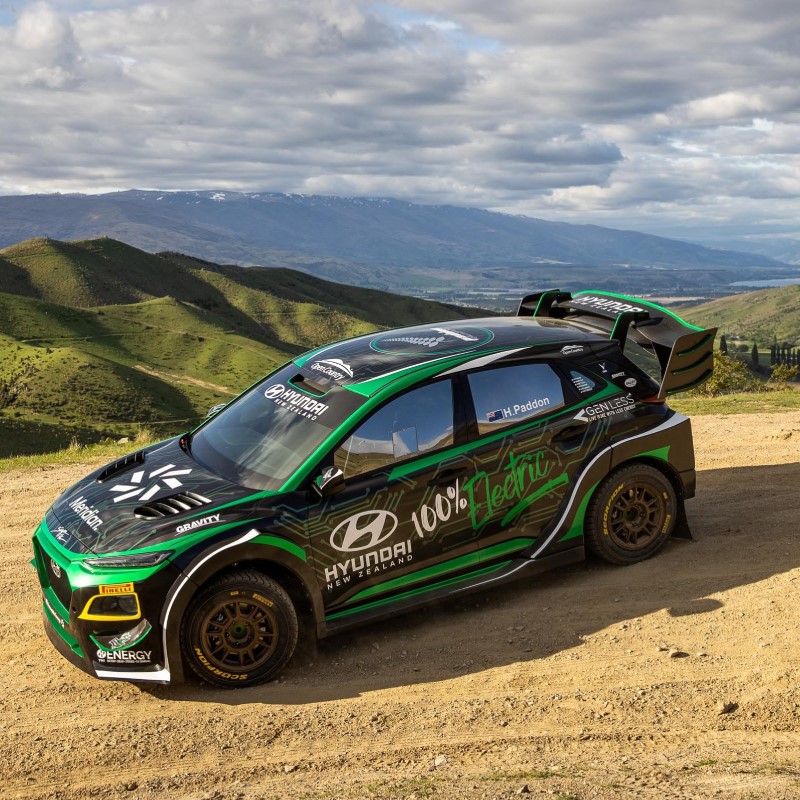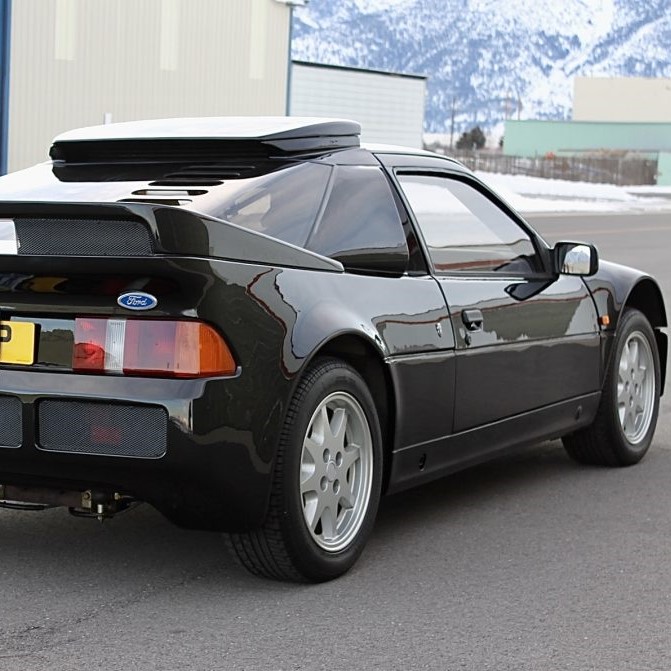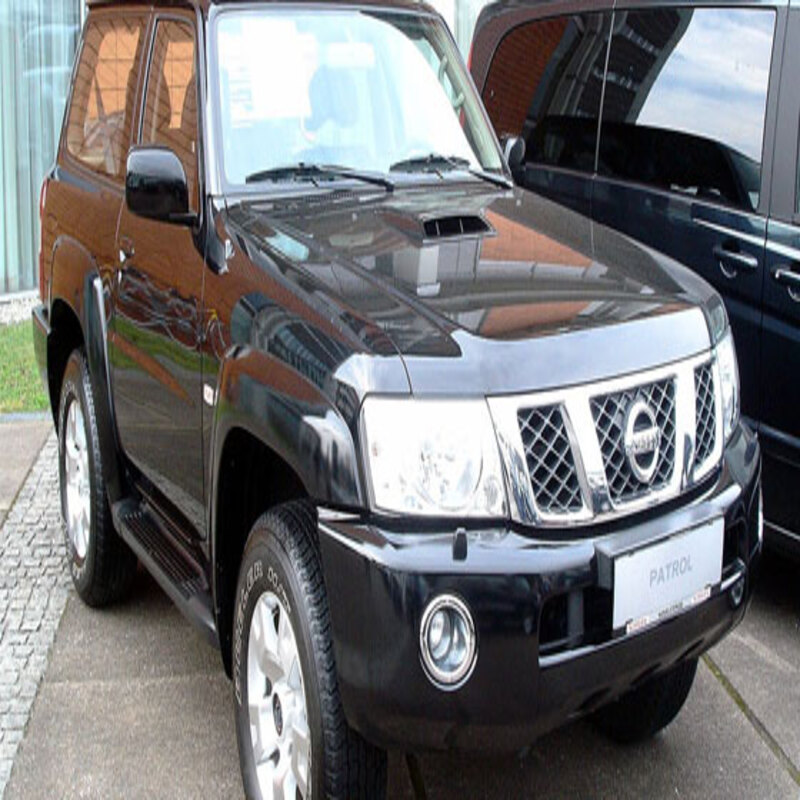The world of drifting is a thrilling spectacle of smoke, screeching tires, and sideways maneuvers. At the heart of this motorsport lie the machines that make it all possible: the iconic JDM (Japanese Domestic Market) drift cars. These tuner-favorites have earned a global reputation for their power, handling, and undeniable style.

A Brief History of Drifting
Drifting’s origins can be traced back to the mountain passes of Japan. Street racers, looking to push the limits of their cars on winding roads, began employing techniques that involved intentionally losing traction while maintaining control. This eventually evolved into a competitive motorsport in the 1980s, with drivers vying for the smoothest and fastest controlled slides.

The Rise of JDM Drift Cars
Japanese manufacturers, renowned for their focus on driver engagement and performance, were quick to embrace the drifting scene. Cars like the Nissan Silvia and Toyota Supra, initially designed for everyday driving, possessed rear-wheel drive layouts and powerful engines – perfect ingredients for a drift car. Tuners saw the potential and began modifying these vehicles, adding performance upgrades and specializing them for the unique demands of drifting.
Legendary JDM Drift Machines
Several JDM models have achieved legendary status within the drifting community. Here’s a closer look at some of the most celebrated:
-
Nissan Silvia: Nicknamed “Silvia,” the Nissan S (Silvia) chassis (particularly the S13, S14, and S15) is arguably the most recognizable drift car globally. Its lightweight construction, agile handling, and readily available performance parts make it a favorite among beginners and seasoned drifters alike.
-
Nissan Skyline GT-R: The “Godzilla” moniker isn’t just for show. The Nissan Skyline GT-R, particularly the R32 and R34 generations, boasts a powerful all-wheel-drive layout that can be modified for drifting. While slightly more challenging to master compared to a rear-wheel-drive car, the GT-R’s all-weather capability and immense power potential make it a formidable drift machine.
-
Toyota Supra: The Toyota Supra, particularly the A70 and A80 generations, is another powerhouse in the drift scene. Its iconic 2JZ engine offers immense tuning potential, and its well-balanced handling makes it predictable and controllable during drifts.
-
Mazda RX-7: The Mazda RX-7, known for its unique rotary engine, stands out for its responsiveness and nimbleness. While the rotary engine requires specialized maintenance, its lightweight nature and high horsepower-to-weight ratio make it a joy to drift for experienced drivers.

Beyond the Big Three
While the Nissan Silvia, Skyline GT-R, and Toyota Supra form the holy trinity of JDM drift, other manufacturers have strong contenders as well. The Nissan 180SX (a close cousin to the Silvia), the Subaru Impreza WRX STI (known for its all-wheel-drive grip and adjustability), and the Mitsubishi Lancer Evolution (another all-wheel-drive powerhouse) are just a few examples.
The Allure of JDM Drift Cars
JDM drift cars hold a special place in the hearts of enthusiasts for several reasons. Firstly, their affordability (especially compared to their European counterparts) makes them accessible to a wider range of drivers. Secondly, their inherent performance capabilities provide a solid foundation for modification, allowing drivers to personalize their machines and express themselves through unique builds. Finally, there’s a certain romanticism associated with these cars. They represent a bygone era of Japanese automotive engineering, where a focus on driver engagement and pure performance reigned supreme.

The Future of JDM Drift
The world of drifting is constantly evolving. While electric vehicles are making inroads into the motorsport scene, JDM drift cars remain a dominant force. Tuners are finding ways to adapt these gasoline-powered machines, incorporating electric components and hybrid technology to create even more powerful and efficient drift machines. The future of JDM drift may involve a blend of tradition and innovation, ensuring these legendary cars continue to carve their mark on the drifting landscape for years to come.
Integration of Advanced Driver Assistance Systems
The modern car is a marvel of engineering, but even the most skilled driver can benefit from a helping hand. Enter Advanced Driver Assistance Systems (ADAS), a suite of technologies designed to enhance safety and improve the driving experience. Integrating these systems effectively is crucial to unlocking their full potential.
What are ADAS and Why Integrate Them?
ADAS encompass a wide range of features, from the familiar (anti-lock braking systems, ABS) to the cutting-edge (automatic emergency braking, AEB). These systems utilize a combination of sensors (cameras, radar, LiDAR) and software to perceive the environment, identify potential hazards, and even take corrective actions to avoid collisions or mitigate their severity.
Integrating ADAS seamlessly goes beyond simply putting them in a car. It involves ensuring smooth communication between different systems, processing data efficiently, and presenting information to the driver in a clear and non-distracting way.
Challenges of ADAS Integration
The complexity of modern vehicles presents several challenges in ADAS integration:
- Sensor Fusion: Different sensors have strengths and weaknesses. Effectively combining data from cameras, radar, and LiDAR creates a more complete picture of the surroundings, but requires robust algorithms and processing power.
- Real-Time Decision Making: ADAS need to respond quickly to dynamic situations. Integrating software that can analyze sensor data and make split-second decisions is crucial for effective intervention.
- Human-Machine Interface (HMI): Information overload can be detrimental. Integrating ADAS in a way that provides clear and timely alerts to the driver, without overwhelming them, is vital for maintaining situational awareness and driver trust.
Benefits of Seamless Integration
Overcoming these challenges leads to a plethora of benefits:
- Enhanced Safety: ADAS can react faster than humans, potentially preventing accidents or mitigating their impact. Features like AEB and lane departure warning (LDW) can significantly reduce road fatalities.
- Reduced Driver Stress: Traffic congestion and long commutes can be taxing. ADAS features like adaptive cruise control (ACC) can lessen the burden on drivers, making journeys more relaxing.
- Improved Fuel Efficiency: Some ADAS, such as traffic sign recognition (TSR) that advises on optimal speeds, can contribute to better fuel economy.
The Future of ADAS Integration
As technology advances, ADAS are expected to become even more sophisticated. The rise of autonomous vehicles hinges on seamless integration of advanced ADAS, allowing for more automated driving functions. Additionally, the focus will likely shift towards:
- Standardization: Consistent communication protocols and data formats would simplify integration across different carmakers and models.
- Cybersecurity: As ADAS become more critical, robust cybersecurity measures will be essential to protect against potential hacking attempts.
- Driver Training: As ADAS take on a greater role, educating drivers on their capabilities and limitations will be necessary to ensure safe and responsible use.
The integration of ADAS represents a significant step towards safer and more efficient driving. By overcoming the challenges and embracing the opportunities, we can pave the way for a future where technology empowers drivers and makes our roads safer for everyone.

JDM drift cars are more than just machines; they’re cultural icons that represent a unique passion for automotive performance and motorsport. From their humble beginnings on Japanese mountain roads to their global domination of the drifting scene, these cars have captured the imagination of enthusiasts worldwide. As the world of drifting continues to evolve, JDM cars are sure to adapt and innovate, ensuring their legacy lives on for generations of drivers to come.





